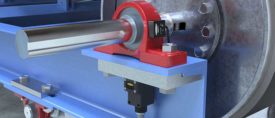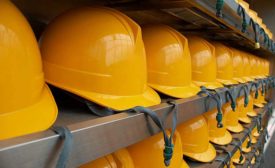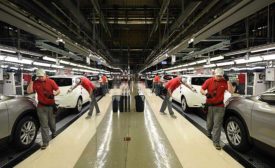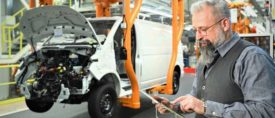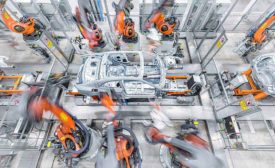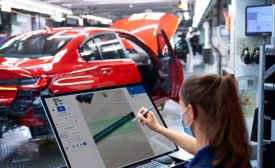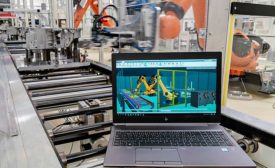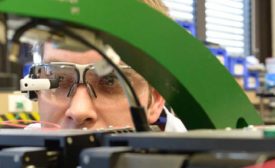Articles by John Sprovieri
What’s New With Auto ID
New technologies are helping assemblers keep track of product on the line.
August 4, 2022
VW and the Cloud
By creating an industrial cloud, VW hopes to improve systemwide productivity by 30 percent.
June 30, 2022
Smart Manufacturing at Audi
Digital transformation is well underway at Audi’s five assembly plants worldwide.
June 29, 2022
BMW Applies AI to Assembly
AI is helping BMW inspect parts, control processes and route AGVs.
June 29, 2022
Industry 4.0 at Škoda
Digital twins, autonomous mobile robots and AI are some of the cutting-edge technologies helping European automaker Škoda compete.
June 28, 2022
Assembling a Wire Harness for Deep Space
NASA’s Europa Clipper spacecraft poses unique challenges for wire harness design.
June 27, 2022
Never miss the latest news and trends driving the manufacturing industry
Stay in the know on the latest assembly trends.
JOIN TODAY!Copyright ©2024. All Rights Reserved BNP Media.
Design, CMS, Hosting & Web Development :: ePublishing
